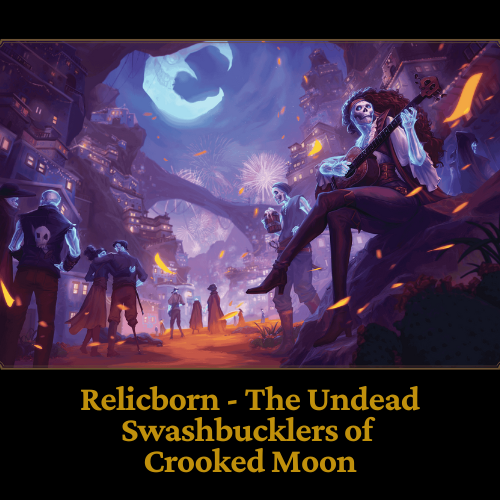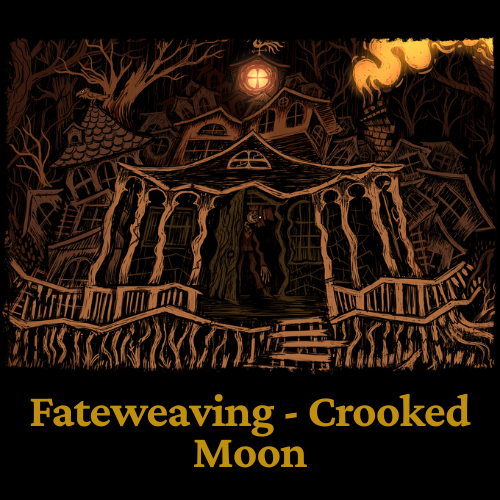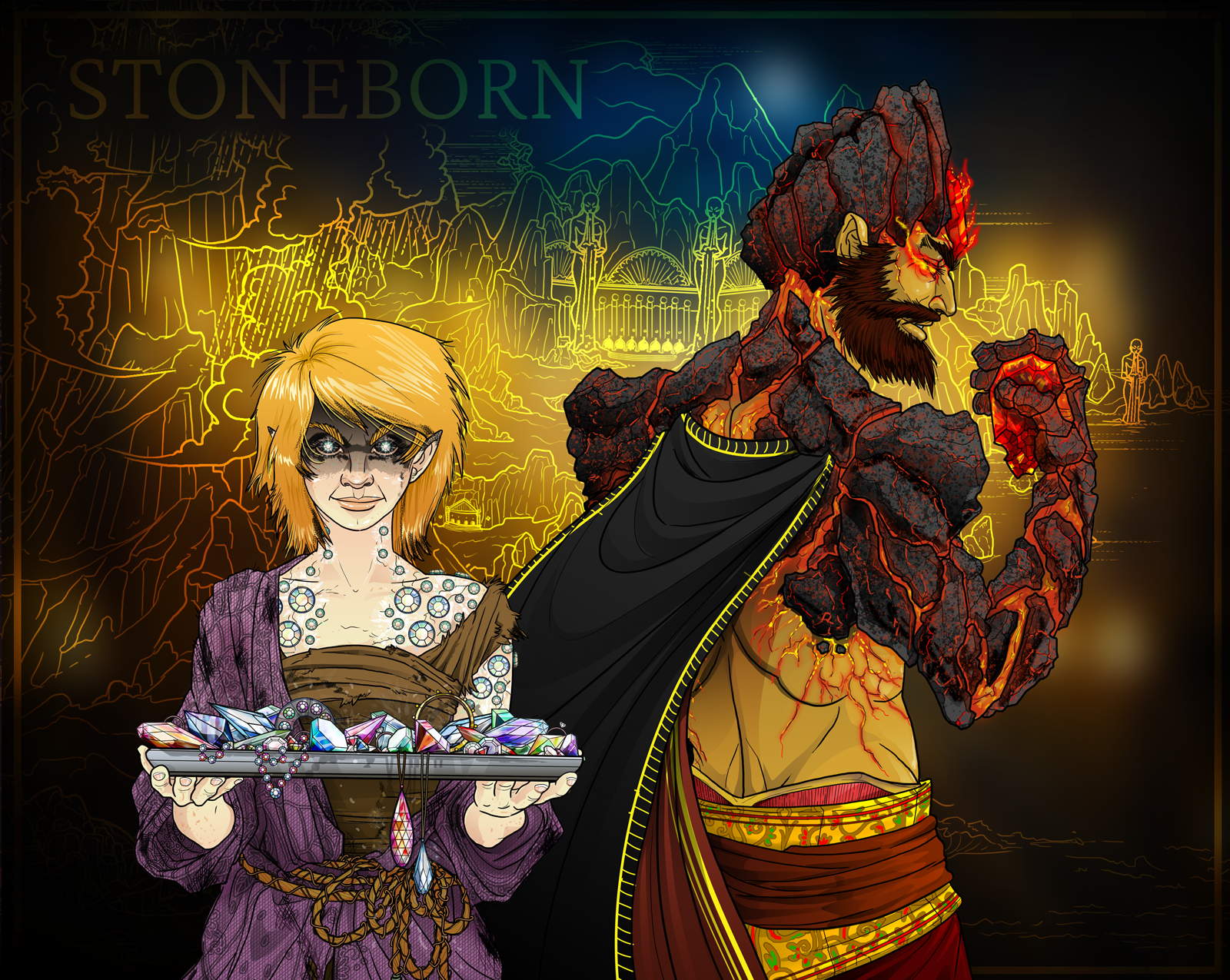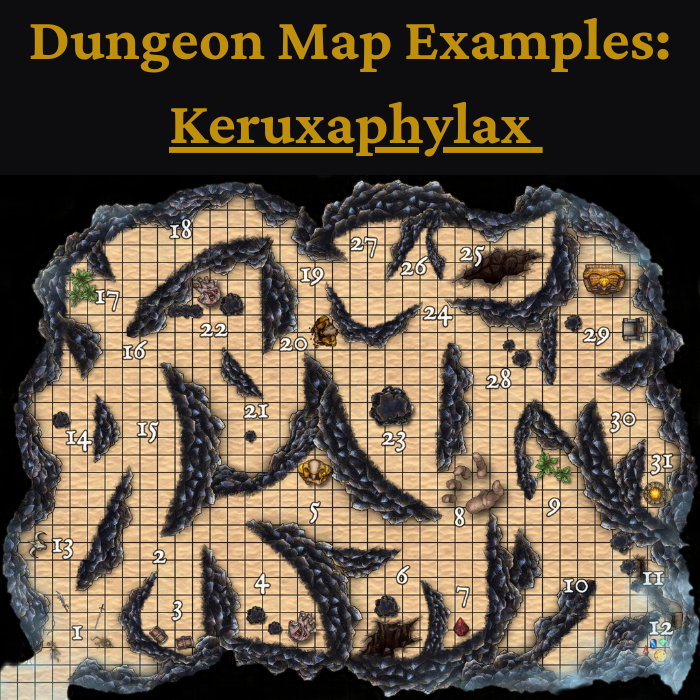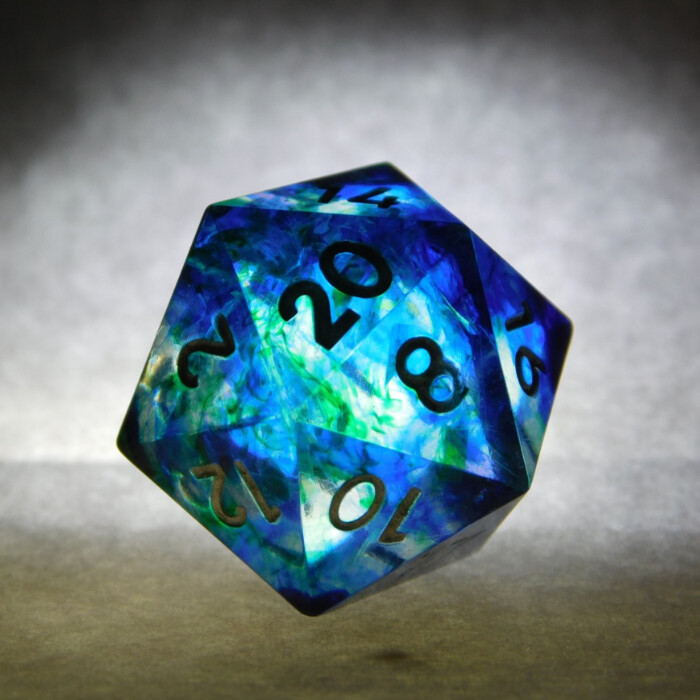Armor of Agathys 5e - D&D 5th Edition Spell Book
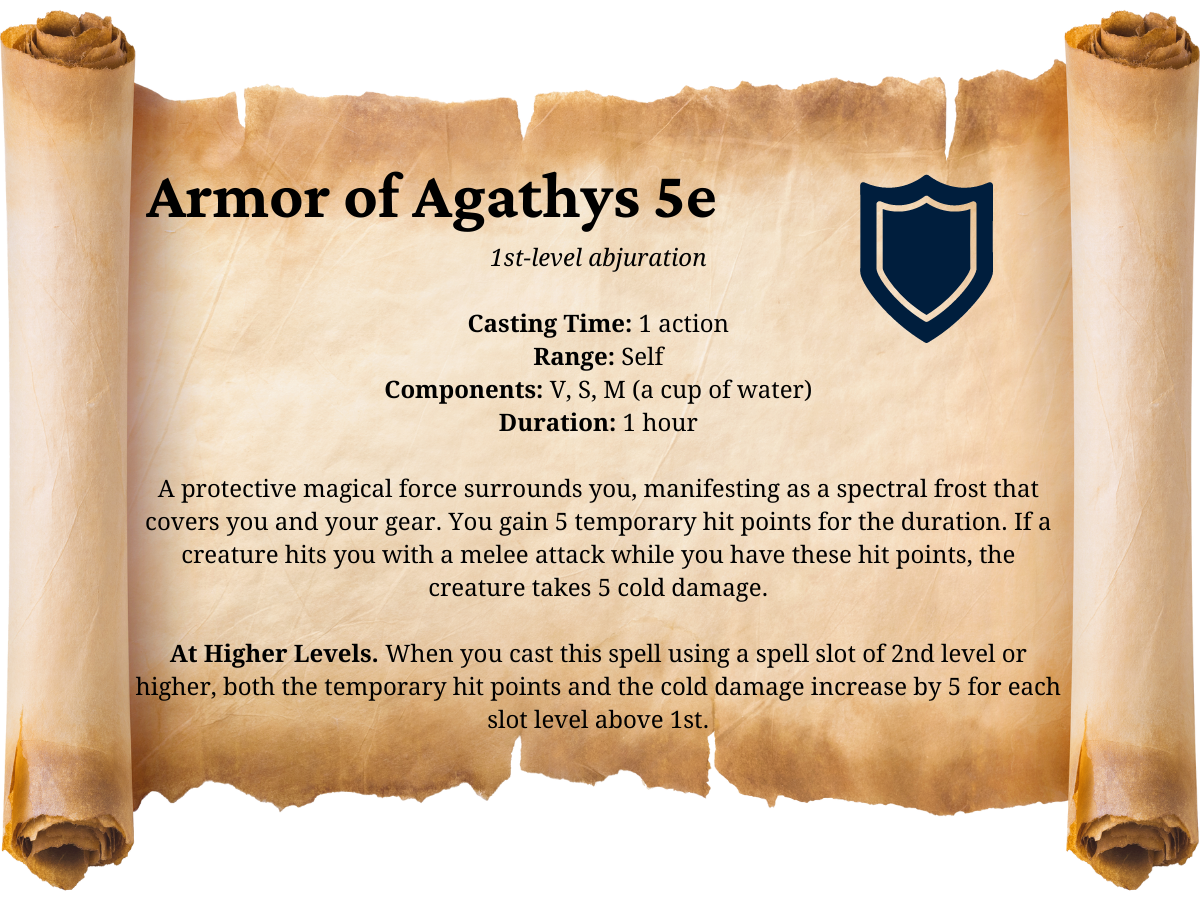
Armor of Agathys 5e Spell Effects
1st-level abjuration
Casting Time: 1 action
Range: Self
Components: V, S, M (a cup of water)
Duration: 1 hour
A protective magical force surrounds you, manifesting as a spectral frost that covers you and your gear. You gain 5 temporary hit points for the duration. If a creature hits you with a melee attack while you have these hit points, the creature takes 5 cold damage.
At Higher Levels. When you cast this spell using a spell slot of 2nd level or higher, both the temporary hit points and the cold damage increase by 5 for each slot level above 1st.
All information about Armor of Agathys 5e comes from the DnD Player's Handbook.
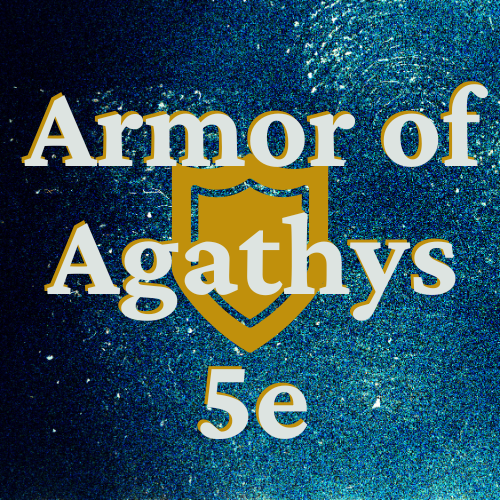
Classes That Can Cast Armor of Agathys 5e
Surprisingly, the only class in the Player's Handbook that may cast Armor of Agathys is the warlock. Through other game expansions, players may access a sorcerer and paladin subclass, along with the mark of warding dwarf, who may also cast the spell.
Armor of Agathys Spell Effectiveness
| Healing and Damage | 1st Level Spell | 2nd Level Spell | 3rd Level Spell | 4th Level Spell | 5th Level Spell | 6th Level Spell | 7th Level Spell | 8th Level Spell | 9th Level Spell |
|---|---|---|---|---|---|---|---|---|---|
| Temp. Healing | 5 | 10 | 15 | 20 | 25 | 30 | 35 | 40 | 45 |
| Damage | 5 | 10 | 15 | 20 | 25 | 30 | 35 | 40 | 45 |
| Average Fighter DPR | 11 | 15 | 19 | 23 | 27 | 30.5 | 34 | 37.5 | 41 |
Calculations for Healing and Damage
Note that Armor of Agathys only provides temporary hit points, not actual healing. Furthermore, the cold damage dealt by Armor of Agathys only activates so long as the temporary hit points provided by the spell are still active. Finally, note that the DPR (damage per round) provided in the third row is a very rough, estimated calculation of damage, before factoring in the attack's hit chance - in an effort to best provide direct comparison of value.
Armor of Agathys Usefulness
Armor of Agathys 5e is both a temporary healing and damage spell. Players should use Armor of Agathys in the following circumstances:
- Ideally, before any battles begin. Since Armor of Agathys 5e has a 1-hour duration, it's best used before danger shows up, to provide more actions during combat for casting other high-priority spells.
- When fighting enemies with melee attacks. Since Armor of Agathys only deals cold damage to melee attackers, the spell loses half of its value against other spell casters or enemies who attack from a ranged distance.
- Against enemies with cold vulnerability, to maximize damage dealt.
- Against enemies who deal high amounts of damage. Healing after taking damage is a reactive approach to combat, whereas Armor of Agathys 5e proactively increases hit points in anticipation of difficult battles.
- As a way to make a fragile (especially spell caster) character more durable.
Combine Armor of Agathys 5e with the Following Spells
Even though Armor of Agathys 5e admittedly has critical limitations to its effectiveness in certain circumstances, it can still be combined with other key spells to considerable effect:
- Bless 5e: the bless spell has limitations of its own, though it does provide provide a +1d4 bonus to saving throws. Basically, since it reduces spell damage, it's useful to have in addition to the temporary hit points provided by armor of agathys.
- Cause Fear 5e: since Armor of Agathys is intended to protect characters during battle, or dissuade enemies from attacking, cause fear can be a great supplement. If cause fear fails or its effect fades, then Armor of Agathys is still in place to help keep characters alive against enemy aggression.
- Charm Person 5e: similarly, charm person may be used to prevent an enemy from attacking. Should the spell fail or its effect end, having a backup defensive spell is always valuable.
- Cure Wounds 5e: if the temporary bonus hit points from armor of agathys get reduced and a character takes damage, having additional healing is always helpful.
- Haste 5e: as with the bless 5e spell, haste provides additional protection in the form of +2AC, doubled movement speed, and advantage on Dexterity saving throws. The extra hit points from armor of agathys can help keep hasted characters alive even longer, particularly against difficult foes.
- Mage Armor 5e: consider mage armor a lesser version of the haste spell, effectively giving targets +3AC (depending on character builds, etc.). The more hit points a character has - such as from armor of agathys - the more time that bonus AC has to reduce damage taken.
Players should also be aware that temporary hit points cannot stack in DnD 5e. That means spells such as Aid 5e cannot give characters additional hit points, if they're already affected by spells or effects such as armor of agathys 5e.
Armor of Agathys 5e Counters
In all reality, armor of agathys 5e has lots of counters, making it probably a mid-tier spell at best. Though effects like Silence 5e can't be used to directly counter armor of agathys (in most cases) since the spell will probably most often be used prior to battle, there are still other options.
For example, the cold damage from armor of agathys only takes place if the attack that hits them is melee, and before the temporary hit points granted from the effect are depleted. So, if a character with armor of agathys is attacked from range - like with a bow and arrow, or spell - then no cold damage is dealt. Similarly, if melee characters just wait to attack a target who's benefiting from armor of agathys until those temporary hit points are somehow removed, then there's no danger of taking cold damage.
Finally, the biggest "counter" to armor of agathys is to actually deplete the temporary hit points. Consider spells like mage armor, for comparison. Mage armor's bonus to AC doesn't ever go away, at least until the spell's effect ends. So, if the character takes damage, then gets healing, mage armor is still fully in effect. Meanwhile, as soon as 5-damage per spell level is dealt to a character with armor of agathys, the effect fades. Healing doesn't "return" the effect, or provide more value. Basically, it's just about the easiest spell in the game to completely negate.
Armor of Agathys-Type Spells in Eternity TTRPG
I feel like most all great RPGs, whether they're a TTRPG or video game have some kind of frost shell. Which, you can imagine, is basically what comes to mind for me with armor of agathys.
In the Eternity TTRPG Game System - a tabletop game like DnD - there are several spell effects similar to armor of agathys. Below is one such example, which is probably the most similar type of spell.
Cryomancer - Core Class Spell
Glacial Shell (Magic): you are resistant to cold, and immune to ice damage (including ice damage from other cryomancers). Also, anyone who melee attacks you, roll +7Faith vs. Resilience, gives -2Speed for 1turn. “Glacial Shell” cannot Double-Hit or give a Block. Once this Spell is chosen it becomes a passive effect, always active, and cannot be dispelled.
- (Frost Knight) You can now cast this Spell on other targets. You can instead choose to continually maintain this Critical for 1Inspiration (and 0Wisdom), per target other than yourself.
- (Spells of Everwinter) You also gain +3Resilience, +3Dodge, and +3Will. You can instead choose to continually maintain this Critical for 3Inspiration (and 0Wisdom).
- (Elemental Ice) Gives -4Speed for 1turn. You can instead choose to continually maintain this Critical for 1Intelligence (and 0Wisdom).
Though Glacial Shell doesn't deal damage, but rather lowers enemy Speed, it also only affects melee attackers. Similar to armor of agathys 5e though, it's also cold-themed, and intended to provide protection to the spell caster or their target(s). If used as a Critical, this spell can provide substantial protection either against melee attackers, or even against any attacking enemy.
Curious to learn more? Check out the
Eternity TTRPG Core Game!
Dice, Dungeons, Games & More - Eternity TTRPG
Share This Article

Author - Jacob Tegtman
Dear reader, I hope you enjoyed this article. Tabletop gaming has been a passion of mine since I was 6 years old. I've played just about every game from Dungeons and Dragons to video games like Final Fantasy. These games have inspired me, made me laugh, made me cry, and brought me endless hours of enjoyment.
I started Eternity TTRPG - and the indie tabletop game that goes along with it (Eternity Shop) - to share my love of gaming with others. I believe that in our technology-driven age, tabletop games help bring a sense of magic and community back into our world.
If you love the site, please share it with others! I have lots of gaming-related material for you to peruse and use in your own gaming sessions. If you have any questions about the site or want to contribute, just send me a message using the "Contact" page, which you can find in the site's footer.

